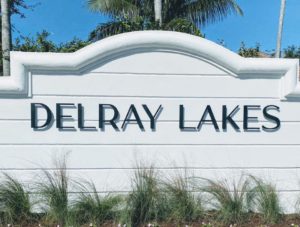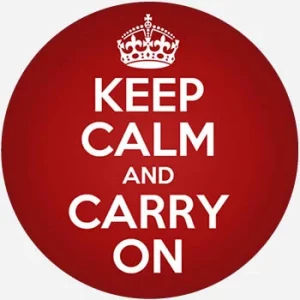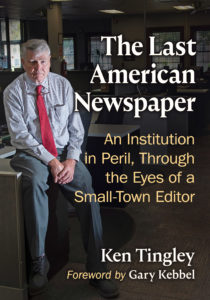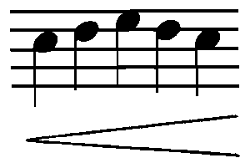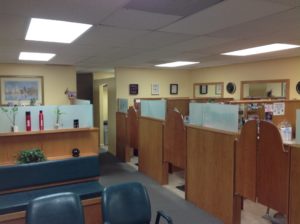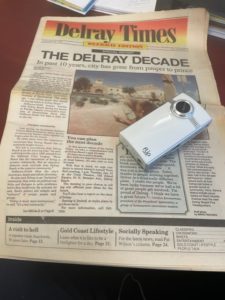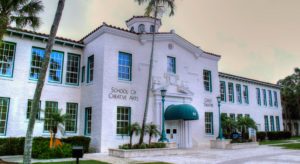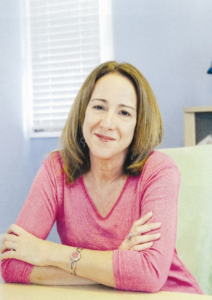“Remember always, for you and me, to serve is to live.” Frances Hesselbein 1915-2022
One of my heroines died last week.
She was 107 years old so you can’t say she wasn’t given enough time. But her loss is a profound one, nonetheless.
Frances Hesselbein may the most accomplished person that most people don’t know.
She was a Presidential Medal of Freedom recipient, former CEO of the Girls Scouts of America and one of the most highly respected experts in the field of leadership development.
Ms. Hesselbein served as editor in chief of “Leader to Leader” magazine for over 25 years and her name adorns the Frances Hesselbein Leadership Forum run by the Johnson Institute for Responsible Leadership at the University of Pittsburgh. She was a giant in a field that is essential for society to advance.
But while leadership is essential, we don’t spend a lot of time cultivating good leaders. We do a spend a lot of time complaining about poor leadership and trying to fix the problems of people who have no business serving in leadership positions.
Narcissists, egomaniacs, bullies, and frauds want to run things. And they are pretty good at climbing the ladder. They are good at seizing power but horrible at wielding it.
Frances Hesselbein believed in a better form of leadership.
In her obituary on the Pitt website https://www.pitt.edu/pittwire/features-articles/frances-hesselbein-obituary she was described as a “leader of leaders” and a “skilled and sensitive visionary.”
I love that description.
Ms. Hesselbein believed that “to serve is to live.” She understood that leadership is a deeply personal act of love that allows us to serve others.
Great leaders make us feel safe. They take of others. They inspire, motivate and serve.
How many people in positions of power and authority can we say that about?
In my opinion, not enough. And that is the root cause of what ails society and the solution as well. Want to suffer; keep hiring and electing malevolent players. Want to see progress; hire servant leaders. It’s just that simple.
I’ve been a leadership junkie for as long as I can remember. It is my sincere belief that leadership provides the answers to the challenges plaguing our world.
There’s not a field, not an endeavor, not a pursuit that good leadership can’t impact. Not every problem has a solution, but nearly every problem can be made better with good leadership.
Look at any business, non-profit, government, school, or relationship and if you see problems that persist, chances are the root cause is a lack of leadership.
I know, that’s a big statement. Let me explain.
We often fixate on symptoms:
Your workplace lacks a clearly defined mission.
A beloved non-profit is adrift.
Your city government can’t seem to get things done.
Everyone one of those examples would see improvement with good leadership.
I’ve been lucky to witness several examples of good leadership in my life, but I’ve also seen many more examples of toxic leadership (is that an oxymoron?).
For every benevolent CEO profiled in Jim Collins’ “Good to Great” there seems to be 10 loons like crypto creep Sam Bankman-Fried, Theranos fraud Elizabeth Holmes, Uber bro Travis Kalanick and egomaniac WeWork Founder Adam Neumann.
Sadly, Elon Musk seems to be flinging himself in the trash, trolling Covid victims on his new toy Twitter calling them the “Branch Covidians.” Not sure that pithy phrase will get a laugh from the loved ones of the 6.5 million people who died in the pandemic or the millions more who suffer from Long Covid. He must think they aren’t potential Tesla buyers. I thought one day I might want a Tesla, not anymore.
There are so many political train wrecks to write about I can’t even begin to list them, but all failed pols have the same thing in common: they forgot they are there to serve their country, their state, their county or their city not their party, their ego or their echo chamber.
Frances Hesselbein knew all this and over her long life influenced thousands of good leaders. She made a difference, but we need more help.
Every day, the Frances Hesselbein Leadership Forum, sends a “Leadership Tip of the Day” via email to thousands. I have found the tips to be invaluable and I urge you to subscribe. Just google Leadership Tip of the Day and you’ll be able to subscribe. It’s free, but the value is priceless.
I’ll leave you with a story about Sam Bankman-Fried that I found particularly telling and especially nauseating.
Apparently, when he was pitching a major Venture Capital firm for millions in funding, he was playing a video game while outlining his vision for his cryptocurrency exchange. Rather than considering that rude behavior, the esteemed VC’s thought it was quirky, charming and showed that Bankman-Fried was a different kind of thinker. A disruptor. VC’s love disruptors.
Oh, he was disruptor alright. He raised $1.8 billion from a ‘who’s who’of investors: BlackRock, Sequoia Capital and the poor Ontario Teachers’ Pension Plan.
He got the value of his company up to $32 billion. Today, that money and those of his investors (large and small) is gone.
Maybe, he should have been focused on ethics instead of video games.
Poor leadership disrupts and destroys.
We can do better.
Ms. Hesselbein should have the last word:
“Leadership flows from inner character and integrity of ambition, which inspires others to lend themselves to your organization’s mission.”
Amen.
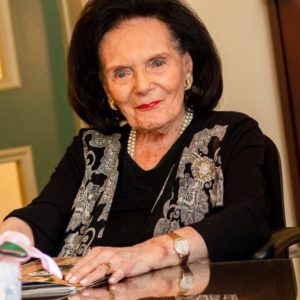
Frances Hesselbein
